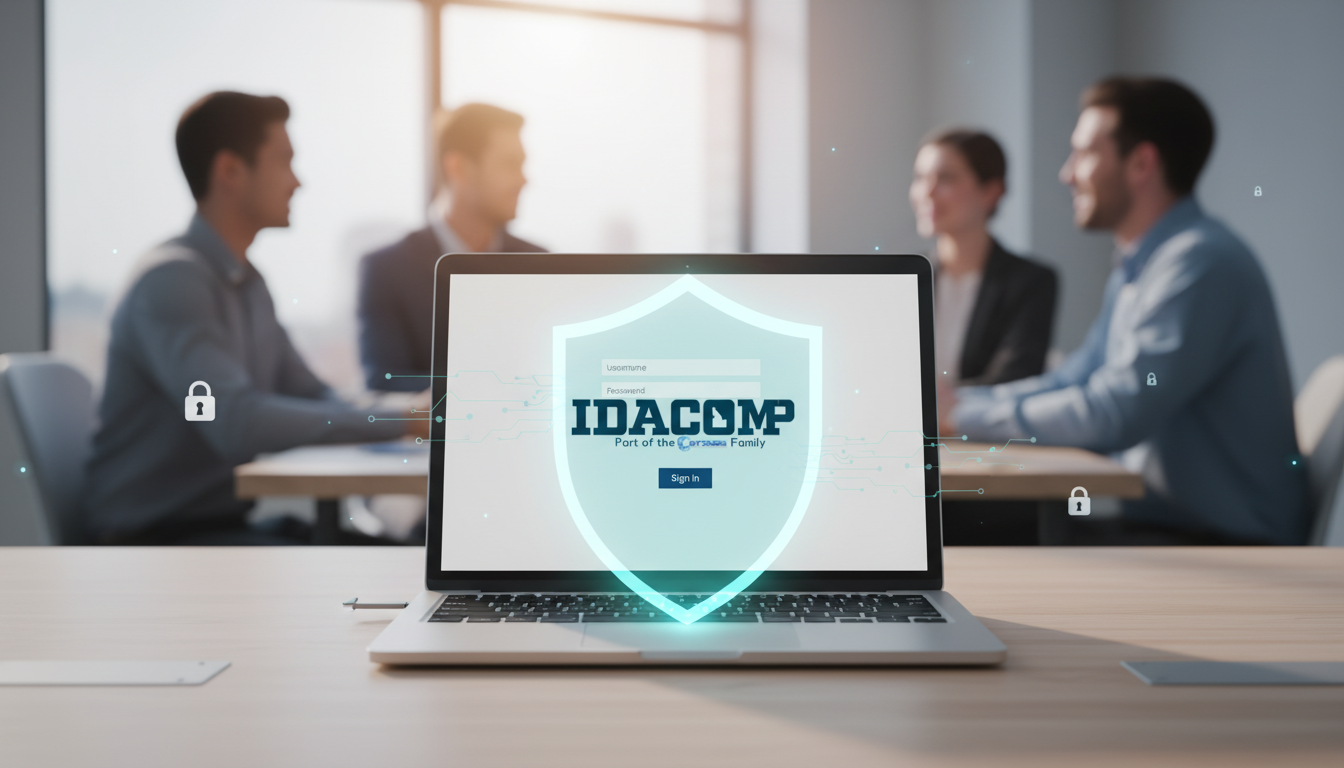The Growth of Tech Companies in Boise, Idaho: Driving Innovation Across the Treasure Valley
Discover how tech companies in Boise, Idaho are fueling innovation, cybersecurity, and digital transformation for local small businesses.
Boise isn’t just Idaho’s capital — it’s fast becoming a powerful center for technology and innovation. With startups, IT firms, and cybersecurity providers on the rise, tech companies in Boise, Idaho are helping transform how local businesses operate, communicate, and grow in the digital age.
From cloud computing to data protection, Boise’s tech sector is fueling opportunity, attracting new talent, and empowering small businesses across the Treasure Valley.
Boise’s Growing Tech Landscape
In recent years, Idaho’s economy has shifted toward a stronger digital infrastructure. Boise is now home to hundreds of technology-driven companies offering services in:
- Cybersecurity and Managed IT Services
- Software and App Development
- Cloud Computing and Automation
- Data Analytics and Business Intelligence
- Telecommunications and Network Solutions
This ecosystem gives local businesses access to advanced tools once reserved for large corporations — helping Idaho companies stay secure, efficient, and competitive.
Why Boise Is Emerging as a Tech Hub
🧩 1. Strong Local Talent and Education
Boise State University and the College of Western Idaho continuously supply the region with skilled graduates in computer science, engineering, and IT. The local talent pool makes it easier for companies to innovate without
relocating.
🏢 2. Supportive Business Climate
Idaho’s low cost of living and pro-business policies make Boise an attractive place for startups and established tech firms alike. The city’s collaborative atmosphere encourages partnerships across industries.
🌿 3. Work-Life Balance and Community
Boise offers a quality of life that draws professionals from around the country — outdoor adventure, short commutes, and a strong sense of community. This mix helps the tech scene grow sustainably.
Leading Tech Companies in Boise, Idaho
Boise’s tech environment includes global players, innovative startups, and trusted local service providers. Some standouts include:
- IDACOMP – A Boise-based IT and cybersecurity company helping Idaho SMBs protect data, manage systems, and optimize performance.
- Micron Technology – A global leader in semiconductor and memory solutions headquartered in Boise.
- Cradlepoint – Specializes in cloud-delivered wireless network solutions.
- Kount – Provides fraud prevention and identity-trust technology.
- Bodybuilding.com – A long-standing Boise tech success story with digital fitness platforms and e-commerce innovation.
These organizations highlight the diversity and capability of Idaho’s growing tech landscape.
The Role of Cybersecurity and Managed IT in Boise’s Tech Growth
As technology adoption grows, so do security concerns. Many local SMBs rely on Boise tech companies like IDACOMP for proactive cybersecurity and IT management.
Our solutions help businesses:
- Monitor and protect networks 24/7
- Secure cloud systems and remote work setups
- Back up data safely with disaster recovery planning
- Train employees against phishing and cyber threats
How Technology Empowers Idaho Businesses
From family-owned construction firms to healthcare offices and retail shops, local businesses depend on reliable technology to operate efficiently. Boise’s tech community helps these businesses:
- Reduce downtime and IT frustration
- Improve communication and productivity
- Secure client data and maintain compliance
- Compete with larger national brands
The collaboration between tech companies in Boise, Idaho and small businesses ensures the entire region benefits from innovation and modernization.
The surge of tech companies in Boise, Idaho marks a defining moment for the state’s economy. By combining local expertise with global innovation, Boise’s tech community is shaping a smarter, safer, and more connected future for Idaho.
At IDACOMP, we’re proud to be part of that story delivering IT and cybersecurity solutions that help Idaho businesses grow with confidence.
📞 Contact IDACOMP to learn how we can support your technology needs.









